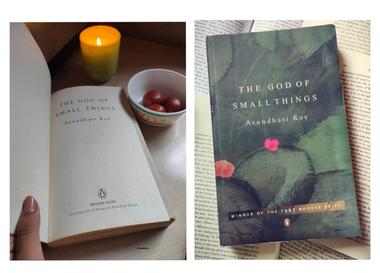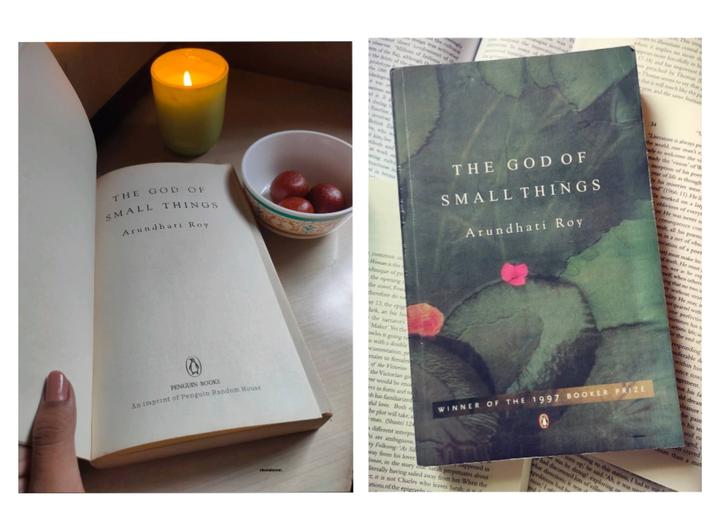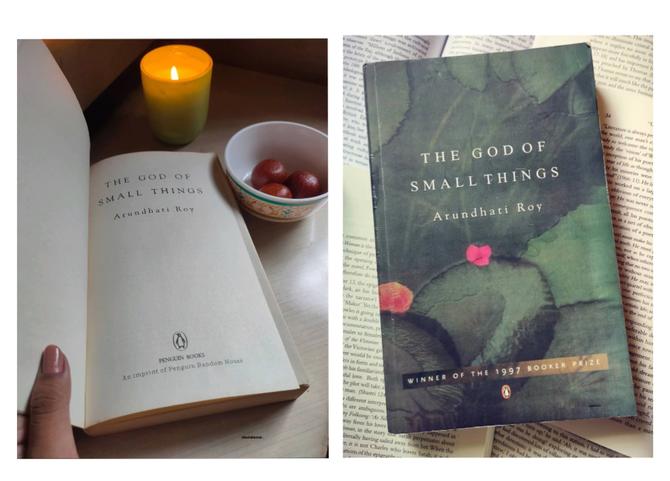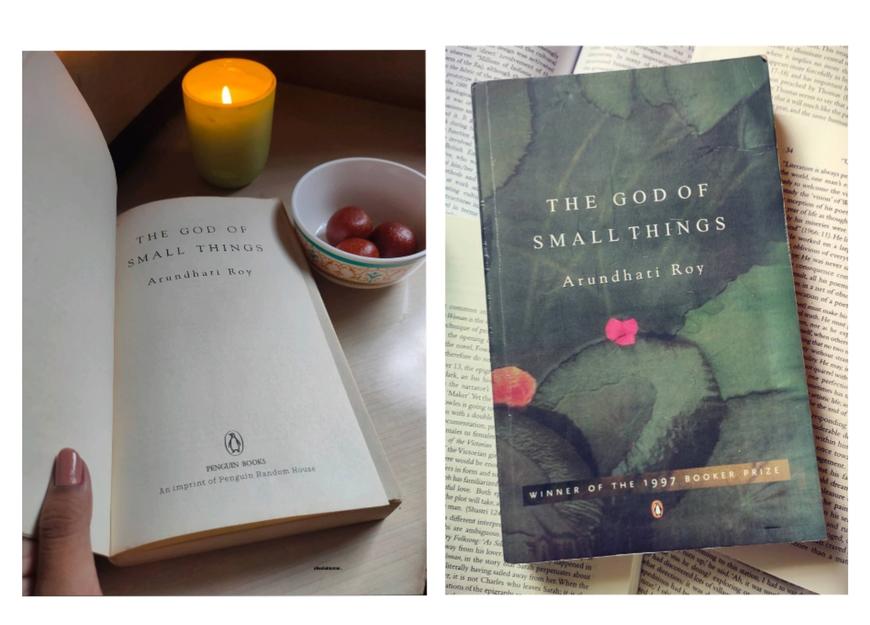



Introduction:
Arundhati Roy's novel "The God of Small Things" is a literary masterpiece that intricately weaves together the threads of human relationships, societal norms, and the lingering impacts of colonialism. Set against the backdrop of post-colonial India, the novel explores the lives of a family living in the fictional town of Ayemenem, Kerala. Through its compelling narrative, rich symbolism, and complex characters, the novel delves into various themes, including love, caste, gender, family dynamics, and the manipulation of power. This essay aims to provide a comprehensive analysis of these themes, shedding light on the novel's profound impact on literature and society.
Historical Context and Colonial Legacy:
To fully grasp the nuances of "The God of Small Things," one must understand the historical context in which it is set. The novel is deeply rooted in India's colonial past, highlighting the continuing effects of British rule and the intricate socio-economic structures it established. Roy skillfully portrays the cultural clashes and the internalized hierarchies that persist even after independence, causing upheaval in the lives of characters such as Ammu, Velutha, and Baby Kochamma.
Socio-Economic Hierarchies and Caste:
Caste plays a central role in the novel, serving as a potent symbol of the deeply ingrained inequalities within Indian society. The character of Velutha, an untouchable carpenter, becomes a tragic embodiment of the caste system's brutality. His forbidden relationship with Ammu and his subsequent tragic fate expose the ruthlessness of the social hierarchy. Roy masterfully exposes how caste prejudices impact individual lives, shattering dreams and perpetuating oppression.
Family Dynamics and Forbidden Love:
The novel's exploration of family dynamics and forbidden love adds a layer of emotional complexity. Ammu's affair with Velutha defies societal norms and triggers a chain of events that reverberate through the lives of all characters. The twins, Estha and Rahel, experience the disintegration of their family as a result of societal judgments and familial expectations. Roy's portrayal of love's inability to triumph over societal restrictions serves as a commentary on the limitations of personal agency in a restrictive environment.
Colonialism and Language:
Roy employs language as a tool to challenge the remnants of colonialism. The English language, once a symbol of power and privilege, is subverted and transformed into a means of resistance. The narrative seamlessly switches between English and Malayalam, reflecting the characters' dual identities and the tension between tradition and modernity. This linguistic dexterity mirrors the broader struggle for cultural reclamation and the decolonization of minds.
The "Love Laws" and Societal Norms:
Roy introduces the concept of "Love Laws," a set of unwritten rules that govern how love can be expressed and whom it can be directed toward. These laws serve as a reflection of the strict societal norms that dictate individual lives. The characters' attempts to navigate these laws, whether through Ammu's rebellion or Velutha's defiance, illuminate the suffocating grip of tradition and its impact on personal happiness.
Character Analysis:
Ammu (Amrikha Ipe): Ammu's character embodies the struggle for autonomy in a patriarchal and caste-driven society. She challenges societal expectations as a divorced woman and an inter-caste lover. Ammu's desire for love and companionship drives her decisions, ultimately leading to her tragic fate.
Velutha: As an untouchable, Velutha represents the marginalized and voiceless. His skill as a carpenter showcases his innate talent, defying caste stereotypes. His relationship with Ammu defies caste and societal boundaries, illustrating the transformative power of love. His brutal death highlights the cruelty of the caste system.
Baby Kochamma (Navomi Ipe): Baby Kochamma embodies the internalized colonial mentality. Her unrequited love for Father Mulligan and her manipulation of events drive her to perpetuate the Love Laws, leading to devastating consequences. Her character underscores the destructive influence of oppressive norms.
Estha and Rahel: The twin siblings navigate the complexities of a shattered family and a stifling society. Estha's trauma-induced muteness and Rahel's search for identity serve as metaphors for the broader societal silencing and quest for self-discovery.
Conclusion:
In "The God of Small Things," Arundhati Roy masterfully delves into the intricate web of human relationships, societal hierarchies, and the legacy of colonialism. Through a skillful blend of narrative techniques, rich symbolism, and complex characters, the novel offers a poignant commentary on the intersection of love, caste, gender, and power. Roy's exploration of forbidden love, family dynamics, and the enduring impacts of history has solidified the novel's status as a profound and influential work of literature. By illuminating the "small things" that shape lives, Roy invites readers to confront the larger forces that govern our world and to reflect on the potential for change and transformation.